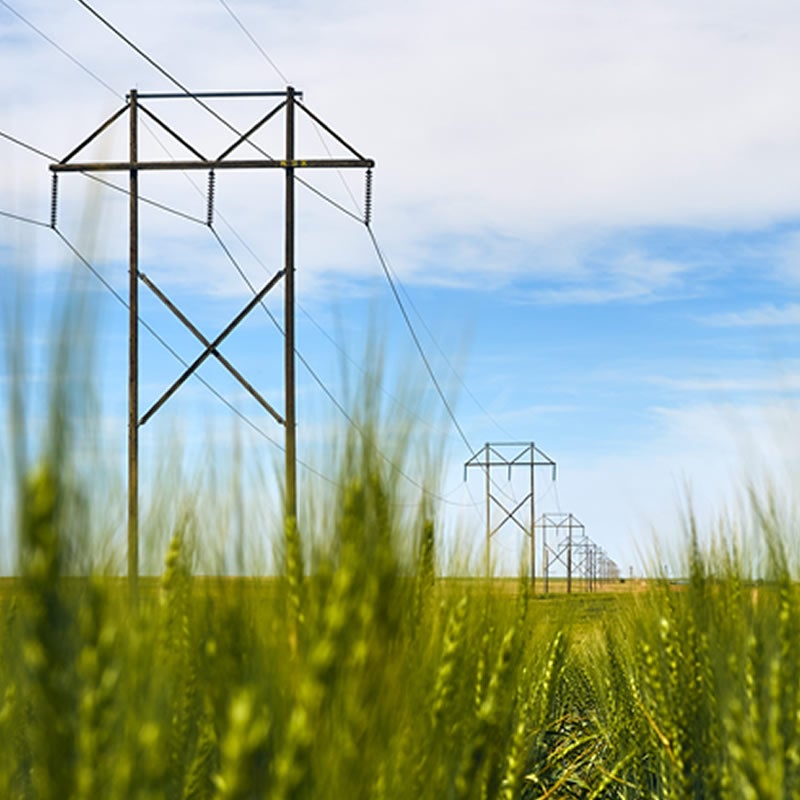
Whatever the future holds, we'll power it
Reliability is more than a promise
At Tri-State G&T, reliability is more than a promise—it’s our mission. Comprehensive planning, year-round wildfire mitigation, transmission upgrades and more ensure our members will have the power they need today, tomorrow, and for generations to come.
We understand that dependable power is the backbone of rural communities. United with our members, we are fortifying the infrastructure, systems, and programs necessary to keep their electricity affordable and preserve their way of life.
Whatever the future holds, we’ll power it.
Protecting a basic need
Prevention is a crucial part of reducing wildfire risk and protecting utility infrastructure. We’re using science-based monitoring and alerts to create effective wildfire mitigation plans that monitor both long-term and short-term hazards. We are committed to the safety of our rural communities while maintaining reliability in the face of wildfire.
Planning for the future, together
We strive for a resilient grid now and for decades to come. By planning for our future with our Electric Resource Plan (ERP), our members can always rely on stable power. The ERP showcases how Tri-State ensures our transition will continue to meet the growing needs of our members.
The resource planning process serves our members’ needs in the most affordable way while meeting our regulatory requirements. We develop and assess alternative scenarios based on a number of factors. The plans are compared on the basis of cost, reliability, and environmental characteristics.

Transmission that connects the rural West
Wholesale electricity is usually generated far from residential homes and businesses, and moving that power isn’t as simple as flipping a light switch. Tri-State’s transmission system spans four states serving almost 200,000 square miles, and maintaining it is no small task. Over mountains, across canyons and alongside rural farms and ranches – we’re working with our members to make sure their communities always have power, even at the end of the line.

Our Energy Mix
Energy mix refers to the combination of different energy sources—like solar, wind, coal, natural gas—that are used to generate power. Combining different types of generation and energy storage helps Tri-State maintain reliability without sacrificing affordability.


